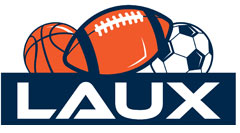Football Shoulder Pads
Shoulder pads protect your collarbone, chest, and upper back from impact. We carry a small range of pads that balance protection and mobility for different positions and levels of play.
Football Shoulder Pads FAQs
Recently viewed
